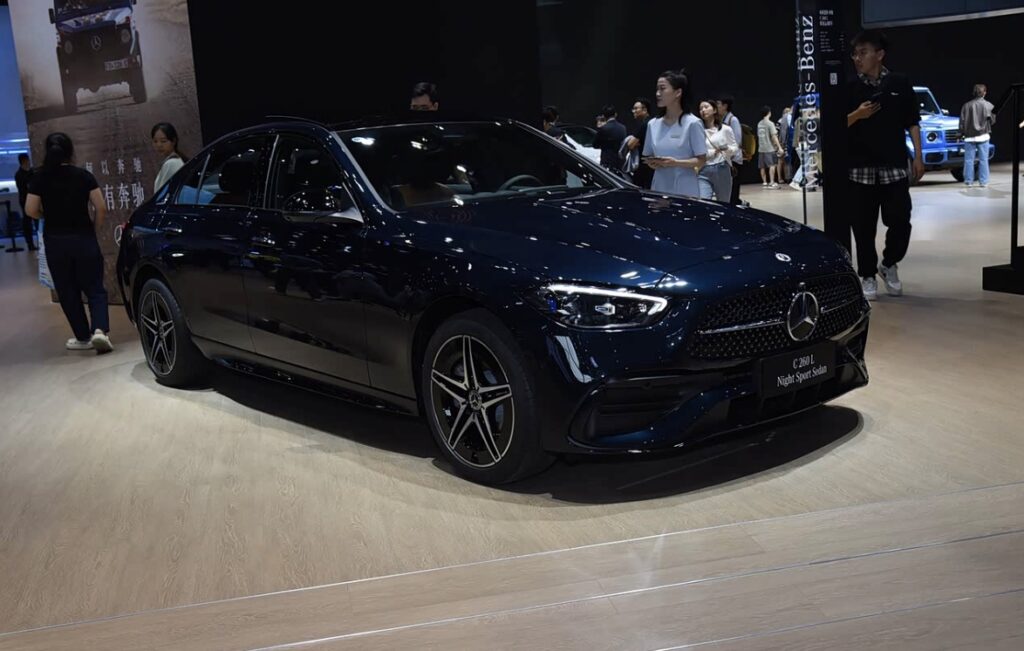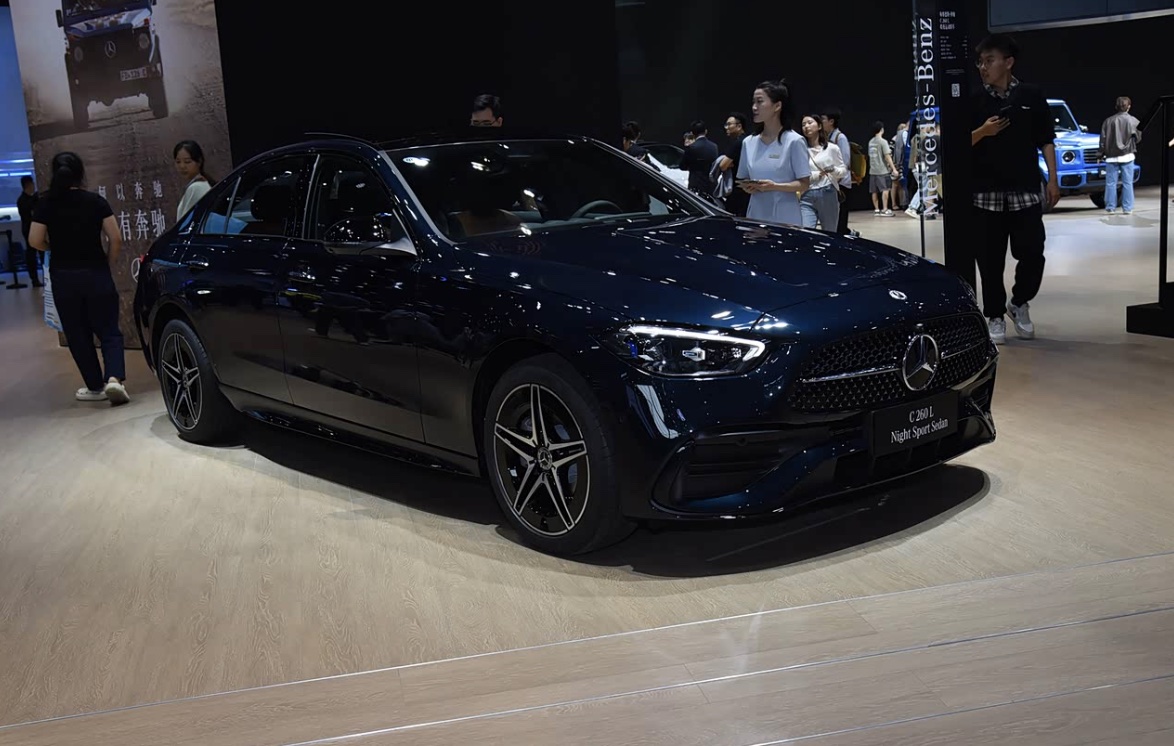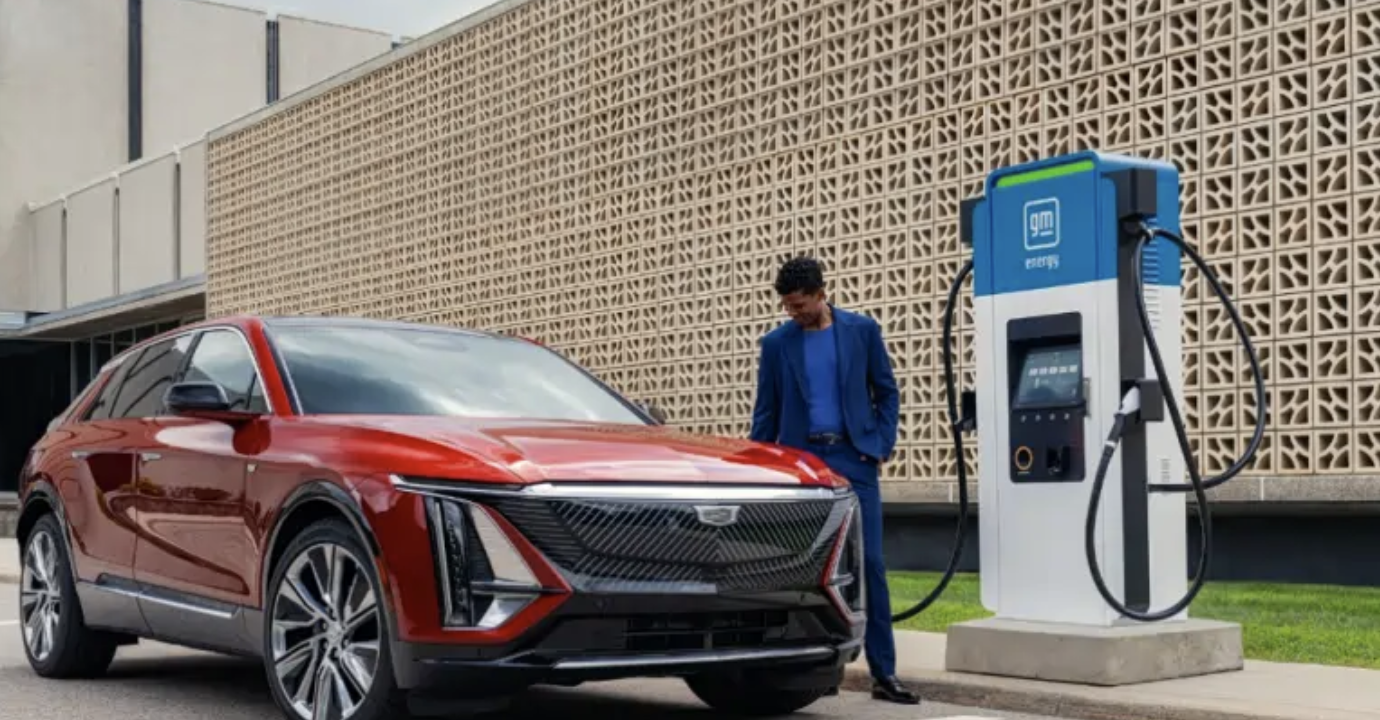On July 29, German automaker Mercedes-Benz Group released its financial results for the first half of 2025. The report shows that Mercedes-Benz Group’s revenue for the first half of 2025 was €66.377 billion, a decrease of 8.6% year-on-year. In the second quarter, revenue was €33.153 billion, down 9.8% compared to the same period last year. Pre-tax net profit was €4.534 billion, a 40.7% year-on-year decrease, with €1.988 billion in the second quarter, down 50.9%. After-tax net profit was just €2.688 billion, a 55.8% decline year-on-year, with €957 million in the second quarter, down 68.7%.

In terms of sales, Mercedes-Benz Group delivered 1.0763 million vehicles globally in the first half of 2025, a decline of 8% compared to the same period last year. Sales of pure electric vehicles were 87,300 units, a 14% year-on-year decrease. In the second quarter, total vehicle sales decreased by 9% year-on-year to 547,100 units, with sales of pure electric vehicles falling by 18% to 41,900 units. By region, the European market saw cumulative sales of 308,300 units in the first half of 2025, a 3% year-on-year decline, with Germany’s sales totaling 98,100 units, down 2%. In North America, sales decreased by 6% to 157,500 units, with U.S. sales down 6% to 142,000 units.
Asia is Mercedes-Benz’s largest global market. In the first half of 2025, cumulative sales in Asia were 389,000 units, down 16% year-on-year, with second-quarter sales of 189,200 units, a 16% decline. In China, the largest single market globally, Mercedes-Benz delivered only 293,200 units in the first half of 2025, a 14% year-on-year decrease. In the second quarter, global sales dropped by 19% to 140,400 units. Mercedes-Benz emphasized that, aside from tariff factors, the transition phase of some models also affected wholesale deliveries. However, the company remains optimistic about demand in certain markets, noting that despite the global tariff impact, strong demand for high-end models is still being seen in the U.S. and Germany.
As Mercedes-Benz mentioned, the global sales decline is partly linked to tariff fluctuations and an unstable market environment, which has posed significant challenges to sales. In recent years, the global trade situation has been complex, and changes in tariff policies have affected Mercedes-Benz’s pricing competitiveness in various markets, especially in the U.S. and China. To cope with tariff fluctuations, Mercedes-Benz has strengthened inventory management and carefully adjusted deliveries to dealers, which has, to some extent, impacted sales.
Apart from external factors, the main reason for the decline is related to Mercedes-Benz’s own brand situation. The transition of some models to new versions also affected wholesale deliveries. Before the launch of new models, consumers tend to wait, suppressing sales of older models. When new models are launched, there may be issues such as capacity ramp-up and market awareness, causing a delay in boosting sales. Additionally, Mercedes-Benz faces competition from domestic brands, especially in China, where the rapid rise of new energy vehicles from brands like NIO, Li Auto, and AITO is putting pressure on Mercedes-Benz. These local brands offer high-value products, rapid technological iteration, and better understanding of local market needs, quickly capturing market share. Meanwhile, the fierce price competition has squeezed Mercedes-Benz’s profit margins, forcing the company to adopt price cuts to remain competitive, which has, in turn, affected its brand image and profitability.
Currently, Mercedes-Benz’s new energy products in China mainly include the Mercedes EQE and EQE SUV, but sales of these models in China are almost negligible. As Mercedes-Benz’s pure electric vehicles face challenges, the company is increasingly relying on traditional gasoline models like the E-Class and C-Class to maintain market share. As the transition to new energy vehicles accelerates, sales of traditional gasoline vehicles are becoming more difficult. To gain market share, Mercedes-Benz China has had to adopt promotional policies. However, price cuts have not successfully attracted consumers, which is the main reason for the sharp decline in sales in China, although price cuts remain the most effective and direct way for Mercedes-Benz to regain market share.



